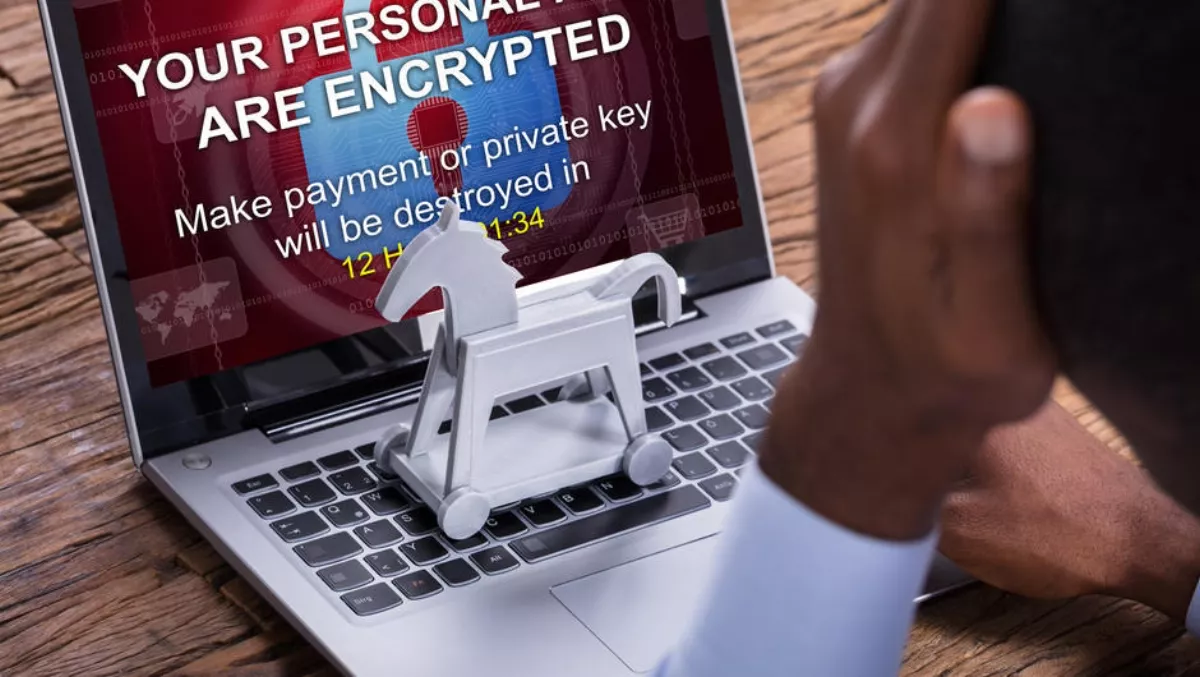
Ransomware: A malware king, but business complacency might be lurking
Ransomware has fast become one of the malware kings to the point where you don't have to go far to find someone who isn't aware of the dangers.
Wannacry and NotPetya helped to put ransomware in the spotlight. Barracuda Networks senior vice president of International, Chris Ross, wonders if IT teams are focusing too much on one particular type of threat.
In a blog posted today, he notes that of a survey of 630 organisations across the world, the number of businesses that believe ransomware is a concern has dropped from 91% to 84% in the last year.
Although that's still a majority, fewer businesses have also fallen victim – from 48% to 30% in the last year.
This could suggest that businesses are better equipped, but they're still willing to pay the ransom. The survey found that 19% of respondents have paid the ransom – a jump from 3% in 2017.
"Perhaps greater awareness of the issue has also led to greater awareness of the potential consequences of not reaching a swift resolution," Ross says.
Although experts and law enforcement strongly recommend that businesses refuse to pay the ransom and fund criminal organisations, the increase in payments does pose a concern.
"We would urge businesses, regardless of how confident they are that they've got the right protection in place, to carry out regular backups meaning that they had another copy of the information and/or systems that were under attack," Ross says.
Amongst EMEA respondents, 32% say that ransomware is the single most expensive threat to deal with, mostly due to the ransom demands to get data back.
The survey found that 74% of ransomware attacks entered via email; 18% via web traffic; and 18% via network traffic.
"This reiterates the importance of having a comprehensive plan to defend against phishing attacks. Phishing and social engineering tactics are specially designed to trick employees into clicking on links and opening malicious attachments in emails spoofed to appear as if sent from a reputable source. Ultimately, until organisations get better at educating their users, this tactic will continue to pay dividends for the black hats.
He says that businesses should back up regularly and the 3-2-1 backup rule can help diffuse the severity of a ransomware attack.
What is the 3-2-1 rule?
3. Make three copies of all of your data
2. Store those copies in two different environments (cloud, on-premises etc)
1. Keep one backup copy offsite so it can be kept safe from any environmental issues.


